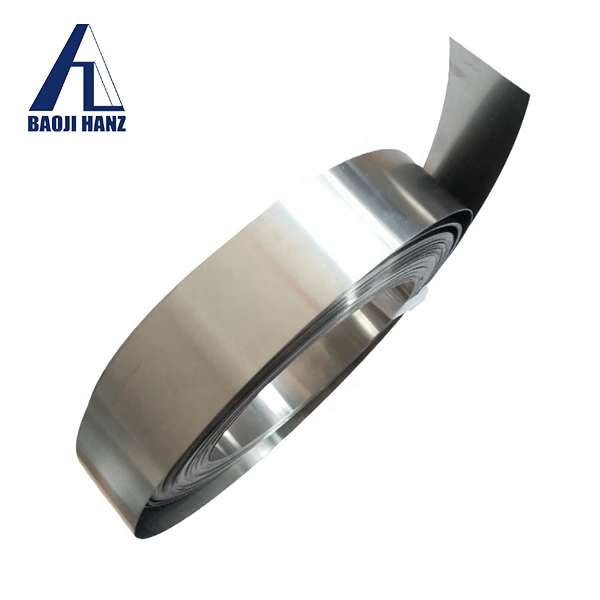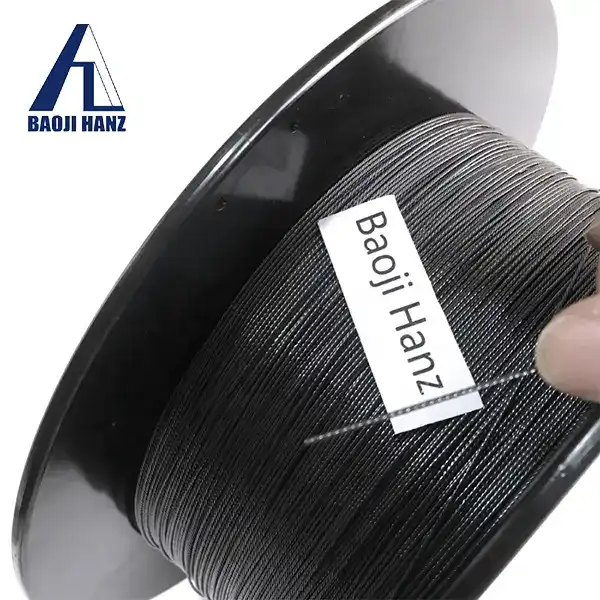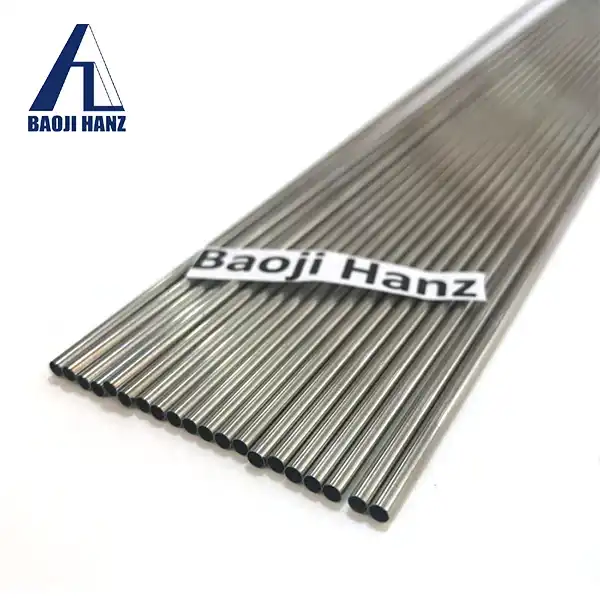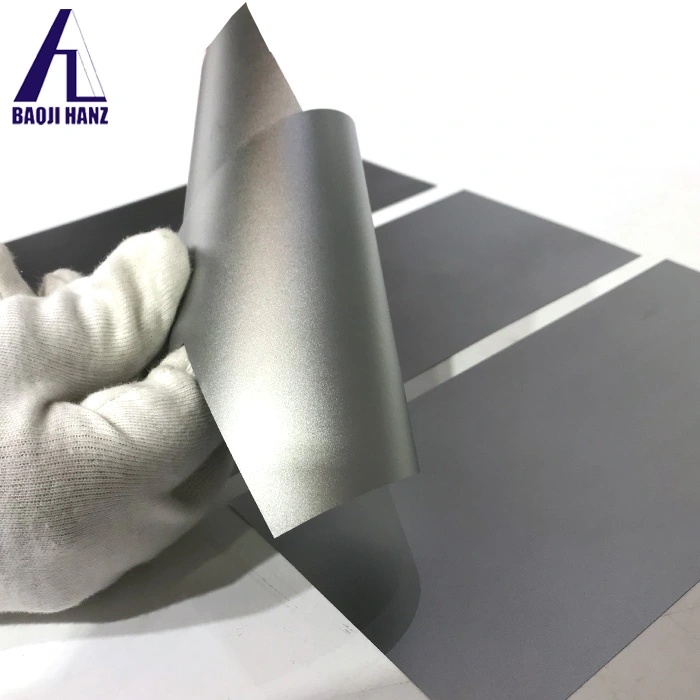Why does titanium nickel have memory function?
2024-06-03 17:42:08
Nickel-titanium alloys, commonly known as Nitinol, exhibit an extraordinary property known as "shape memory." This characteristic enables the alloy to revert to its original shape after significant deformation. Understanding why nickel-titanium alloys possess this memory function involves exploring their structural and thermal properties, which underpin their exceptional performance in various applications.
Exceptional "Memory" Characteristics
Nickel-titanium alloys can return to a predetermined shape with remarkable precision, even after enduring millions of deformation and restoration cycles. This resilience makes these alloys invaluable in fields that demand high durability and reliability.
Shape Memory Alloys
Nickel-titanium alloys are widely recognized as shape memory alloys (SMAs) due to their impressive ability to "remember" and return to their original form. This memory effect is intrinsic to the alloy's molecular structure, which undergoes reversible changes between different phases in response to temperature variations.
Transition Temperature and Structural Phases
A key feature of nickel-titanium alloys is the presence of a specific transition temperature, marking the shift between two distinct structural phases. Above the transition temperature, the alloy adopts the austenite phase, characterized by a rigid atomic arrangement that provides strength. Below this temperature, the alloy enters the martensite phase, where the atomic structure changes, making the material softer and more malleable.
Temperature-Dependent Behavior
When maintained above its transition temperature, a nickel-titanium alloy becomes significantly harder and exhibits high strength, ideal for applications requiring robust performance. Conversely, at temperatures below the transition threshold, the alloy becomes more pliable, allowing for easier manipulation. This temperature-dependent behavior is advantageous in various industrial and medical applications.
Utilizing Permanent Memory Characteristics
To utilize the permanent memory capabilities of nickel-titanium alloys, the material is first shaped into the desired configuration, which is imprinted as the alloy's "permanent memory." While in the martensite phase, the alloy is soft enough to undergo deformation without losing this memory. This malleability at lower temperatures enables customization of the alloy to specific shapes and sizes.
Shape Recovery Mechanism
When the alloy needs to revert to its original shape, it is heated above the transition temperature. This process activates the transformation from the martensite to the austenite phase, during which the alloy automatically returns to its pre-defined shape. This transformation involves a complete reorganization of the atomic structure, demonstrating the profound memory effect of the material.
Applications and Impact
The shape memory properties of nickel-titanium alloys have revolutionized numerous industries. In the medical field, these alloys are used to create stents, guidewires, and other implants that can be deformed for insertion and then revert to their functional shape within the body. Orthodontic devices also employ these materials for braces that apply consistent pressure as they return to their original form, gradually aligning teeth.
In the aerospace industry, nickel-titanium alloys are utilized in actuators and control systems that require precise, repeatable movements. Their ability to withstand extensive cycles without degradation makes them ideal for critical components that experience frequent stress.
The consumer electronics sector benefits from these alloys in products that demand flexibility and durability. For instance, eyeglass frames made from nickel-titanium alloys can bend significantly without breaking, providing resilience against daily wear and tear.
Advanced Research and Future Prospects
Ongoing research into nickel-titanium alloys continues to uncover new applications and enhancements. Scientists are exploring ways to fine-tune the transition temperatures and improve the corrosion resistance of these alloys, broadening their usability in harsh environments. Additionally, there is a focus on developing composite materials that combine the shape memory properties of nickel-titanium with other advantageous characteristics, such as enhanced electrical conductivity or magnetic responsiveness.
Innovative manufacturing techniques, including additive manufacturing and precision casting, are also being investigated to produce more complex shapes and structures from nickel-titanium alloys. These advancements promise to expand the design possibilities and functional capabilities of products made from these remarkable materials.
Conclusion
Nickel-titanium alloys stand out for their unique shape memory properties, driven by their ability to transition between different structural phases in response to temperature changes. This feature allows the alloys to remember and return to their original shape, making them indispensable in various high-performance applications. As research and technology continue to evolve, the potential uses of these alloys will undoubtedly expand, offering new solutions and improvements across multiple industries. The blend of durability, flexibility, and precision offered by nickel-titanium alloys ensures their ongoing significance in both current and future technological advancements.



.webp)



.webp)
.webp)